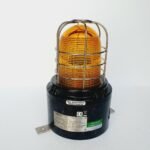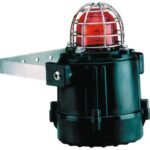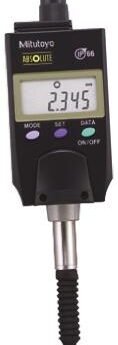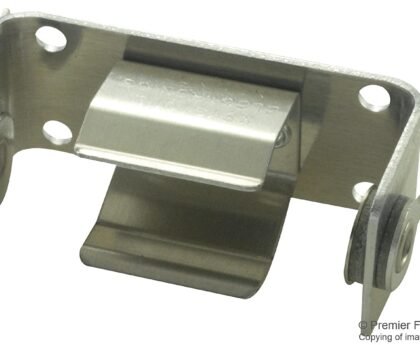When it comes to safety, having the right tools is essential. In many environments, a flashing beacon can be a highly effective tool for ensuring safety and avoiding potential hazards. From construction sites to airports, flashing beacons are widely used in a range of industries and settings. In this blog, we will explore the basics of a flashing beacon, its benefits in different environments, and how to choose the right one for your needs.
Understanding the Basics of a Flashing Beacon
A flashing beacon is a type of warning light that emits bright flashes of light in a repeating pattern. The light produced by a flashing beacon is highly visible, making it an effective tool for alerting people to potential hazards. The device typically contains a light source, a lens to focus and direct the light, and a control mechanism that controls the frequency and pattern of the flashes.
Flashing beacons come in a variety of shapes and sizes, and can be mounted on a range of surfaces including walls, poles, and vehicles. The color of the light produced by the beacon can also vary, with different colors often used to convey different types of information. For example, red is commonly used to indicate danger, while green is used to indicate safety.
The Benefits of a Flashing Beacon for Different Environments
Flashing beacons offer a range of benefits in different environments, including:
- Construction Sites: In busy construction sites, flashing beacons can be used to alert workers and visitors to potential hazards such as heavy machinery, open trenches, and other construction-related risks. They can also be used to mark the location of safety equipment such as first aid kits and fire extinguishers.
- Airports: In airports, flashing beacons can be used to guide aircraft and ground vehicles around the tarmac. They can also be used to mark the location of airfield lighting, taxiways, and other critical equipment.
- Industrial Facilities: In industrial facilities, flashing beacons can be used to warn workers of potential hazards such as moving machinery and high voltage areas. They can also be used to indicate the status of equipment such as conveyor belts and other production-related machinery.
- Emergency Vehicles: In emergency vehicles, flashing beacons are a critical tool for ensuring the safety of first responders and the public. They can be used to alert drivers to the presence of an emergency vehicle, and to indicate the direction in which the vehicle is traveling.
Choosing the Right Flashing Beacon for Your Needs
When selecting a flashing beacon, it is important to consider your specific needs and requirements. There are a range of different types of beacons available, each with their own unique features and capabilities.
One of the key factors to consider when choosing a flashing beacon is the color of the light produced by the device. Different colors are often used to convey different types of information, such as the severity of a hazard or the status of a particular piece of equipment. It is important to choose a color that is easily visible in the environment in which it will be used.
Another important factor to consider is the intensity of the light produced by the beacon. The brightness of the light can vary depending on the specific model, and it is important to choose a device that produces a light that is bright enough to be easily seen from a distance.
The frequency and pattern of the flashes produced by the beacon is another important consideration. Different patterns can be used to convey different types of information, such as the severity of a hazard or the status of a particular piece of equipment.




